Black eye makeup, or kohl, used between the 9th and 7th centuries BCE in the north-west of Iran contained natural graphite and manganese oxide, according to analysis carried out at the University of Tübingen, Germany.
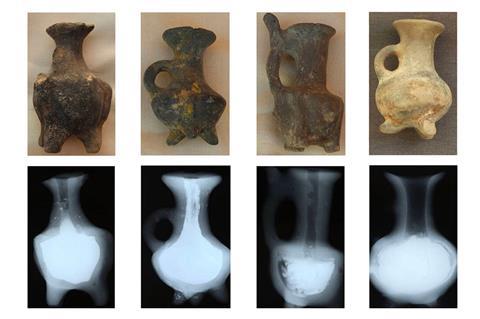
The results provide the first material insight into cosmetic practices in the Iron Age Middle East, the researchers said.
For ancient Egypt, kohl recipes have been well-studied and known to use a range of inorganic and organic materials; however, for the ancient Near East and Middle East there is still limited knowledge of the ingredients used in this makeup.
The team analysed samples of a black powdery substance taken from within a ceramic cosmetic container found in a tomb in the Iron Age cemetery of Kani Koter, in north-western Iran. The container was found alongside other cosmetic items, including a bronze mirror, silver earpicks and various kohl application tools. Overall, the tomb contained a rich assemblage of grave goods, the researchers said, strongly indicating that it was an elite burial.
Using a range of techniques, including micro x-ray fluorescence and micro-Raman spectroscopy, the researchers found that the black powder contained potassium, calcium, titanium, manganese oxide and iron. They also detected another black pigment in the form of graphite, which, the researchers said, adheres well to the skin and may have given the kohl a metallic finish.
In contrast to ancient Egyptian kohl, no organic constituents were detected, although it is possible they could have degraded over time.
‘This discovery adds new details to our knowledge of personal adornment and appearance in the ancient world,’ said Silvia Amicone from the archaeometry working group at Tübingen. ‘In particular, we learn more about the cultural life of the elites in the area between Assyria and Iran.
References
S Amicone et al,Archaeometry, 2025. DOI: 10.1111/arcm.13097





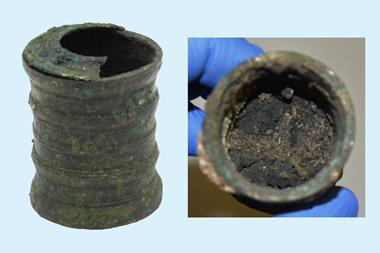
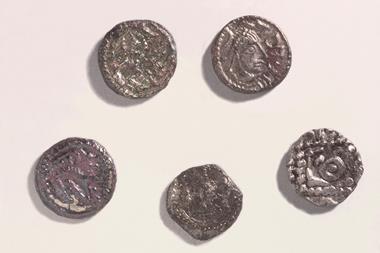






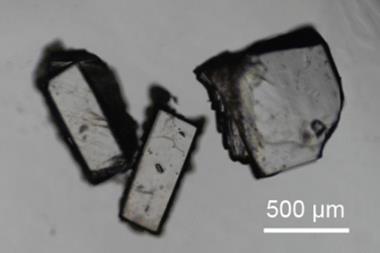
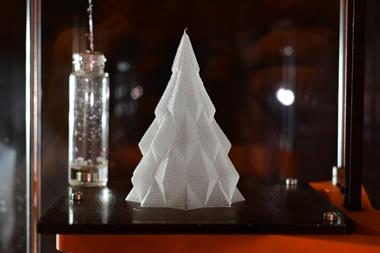


No comments yet